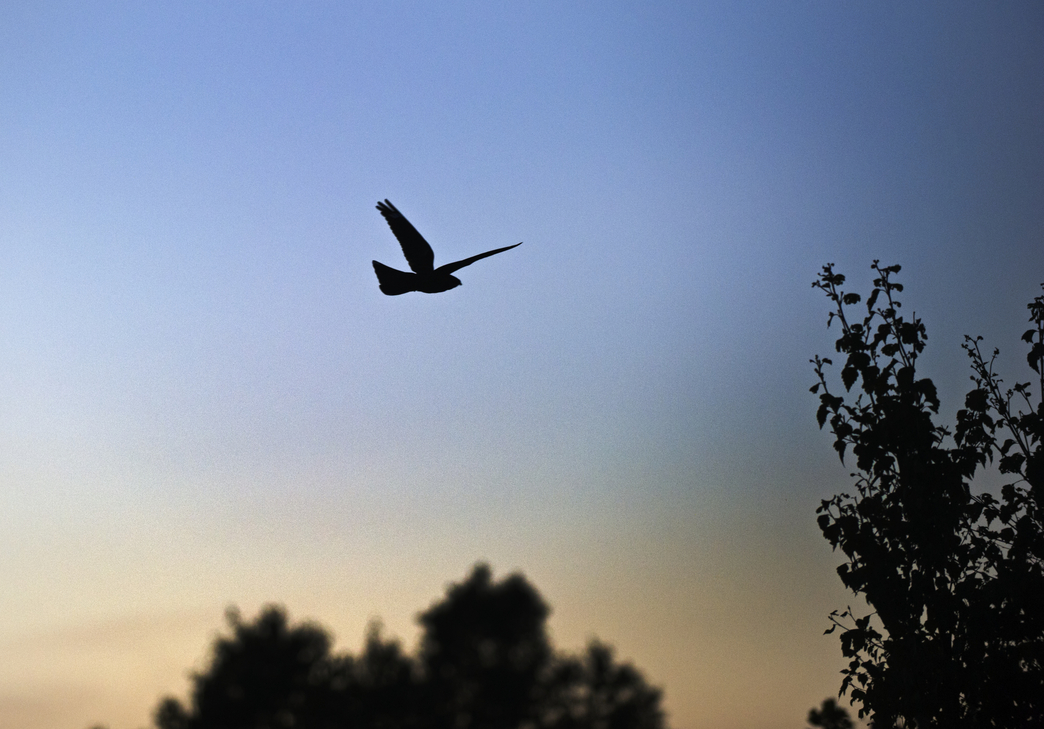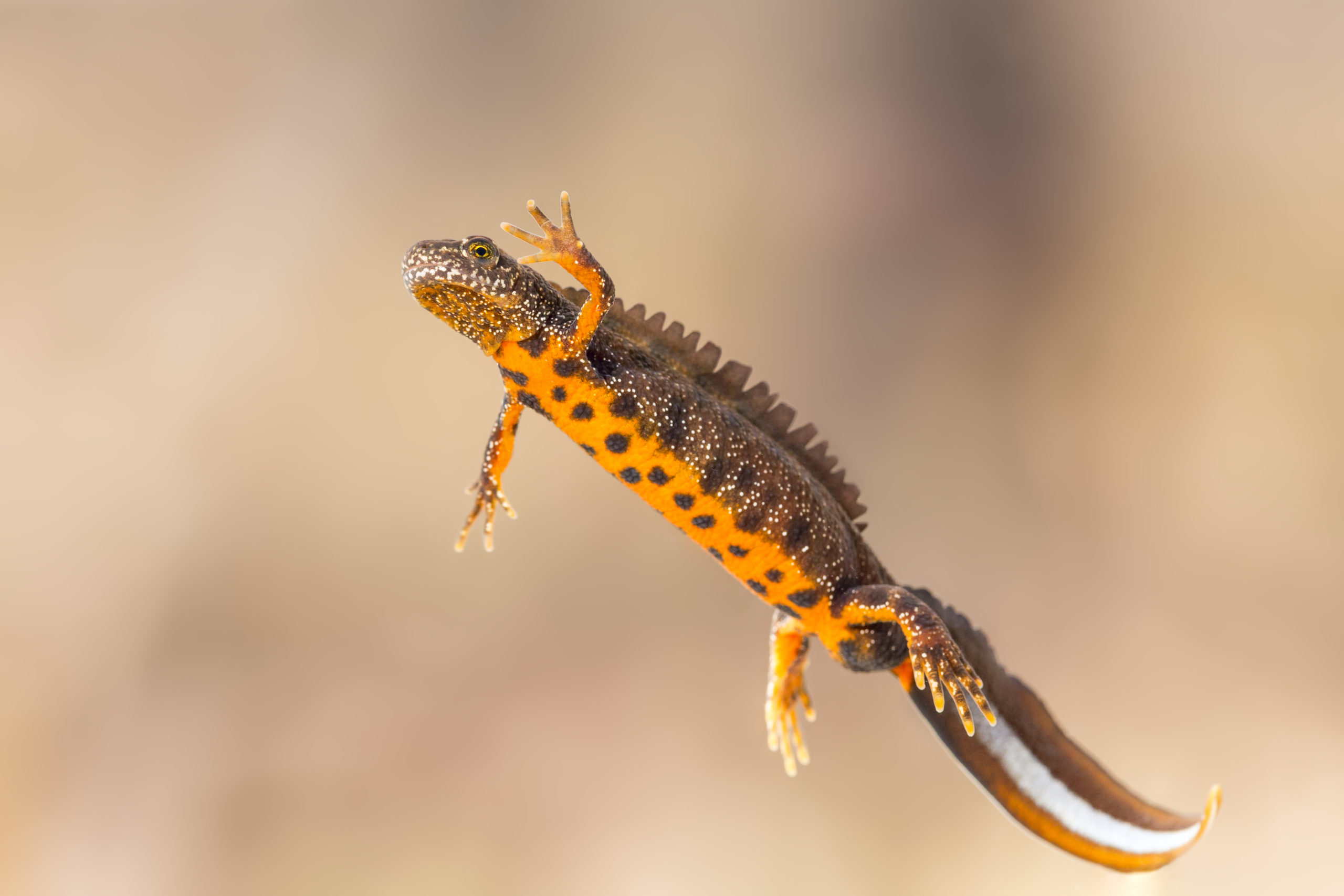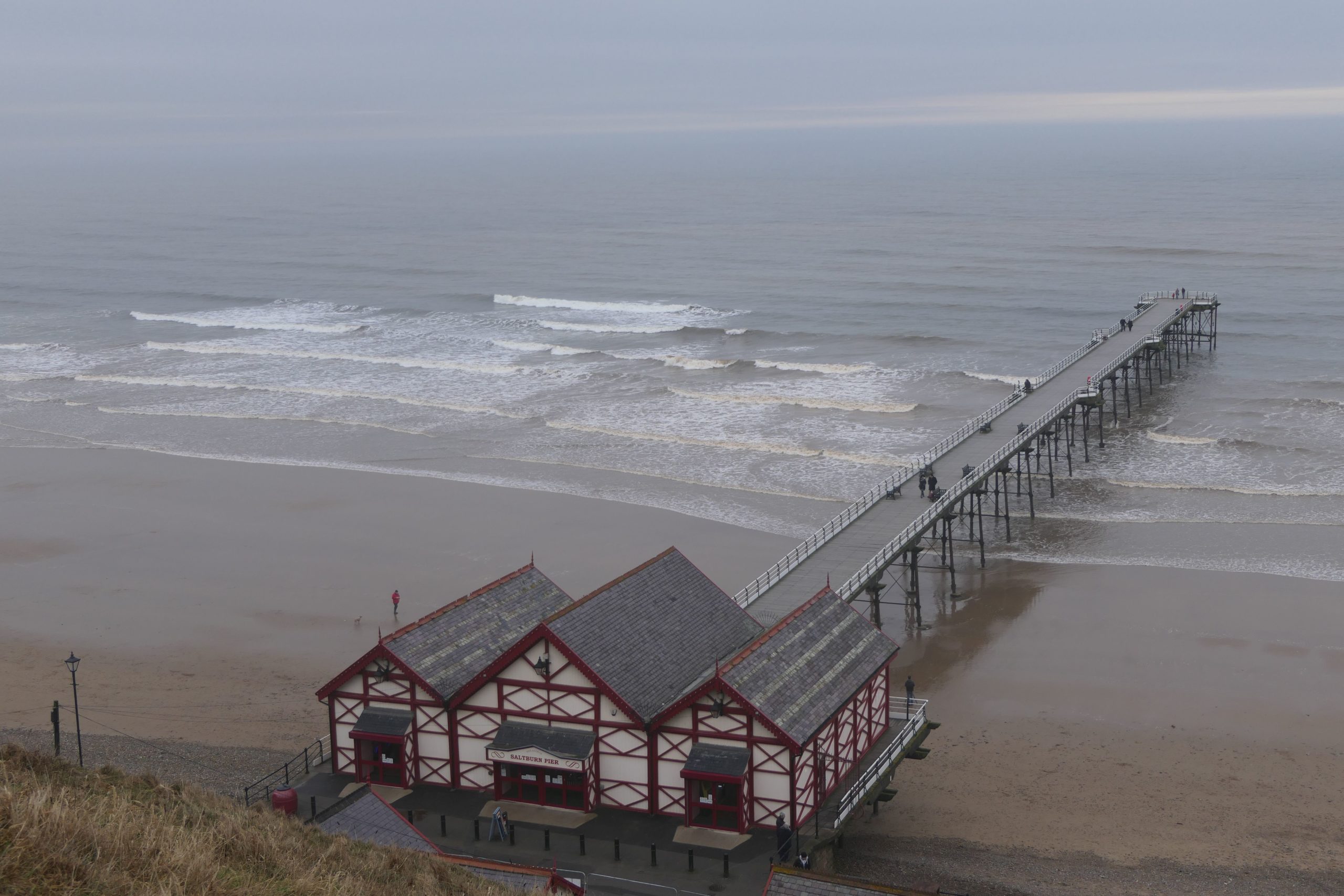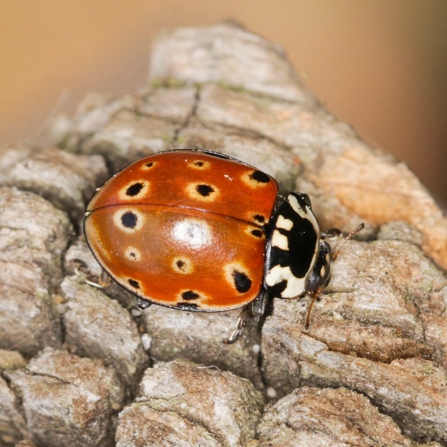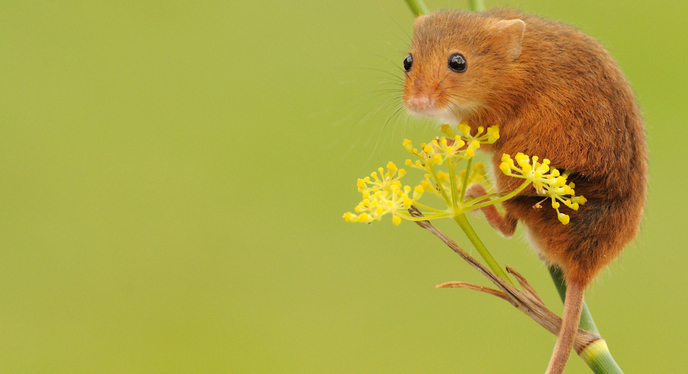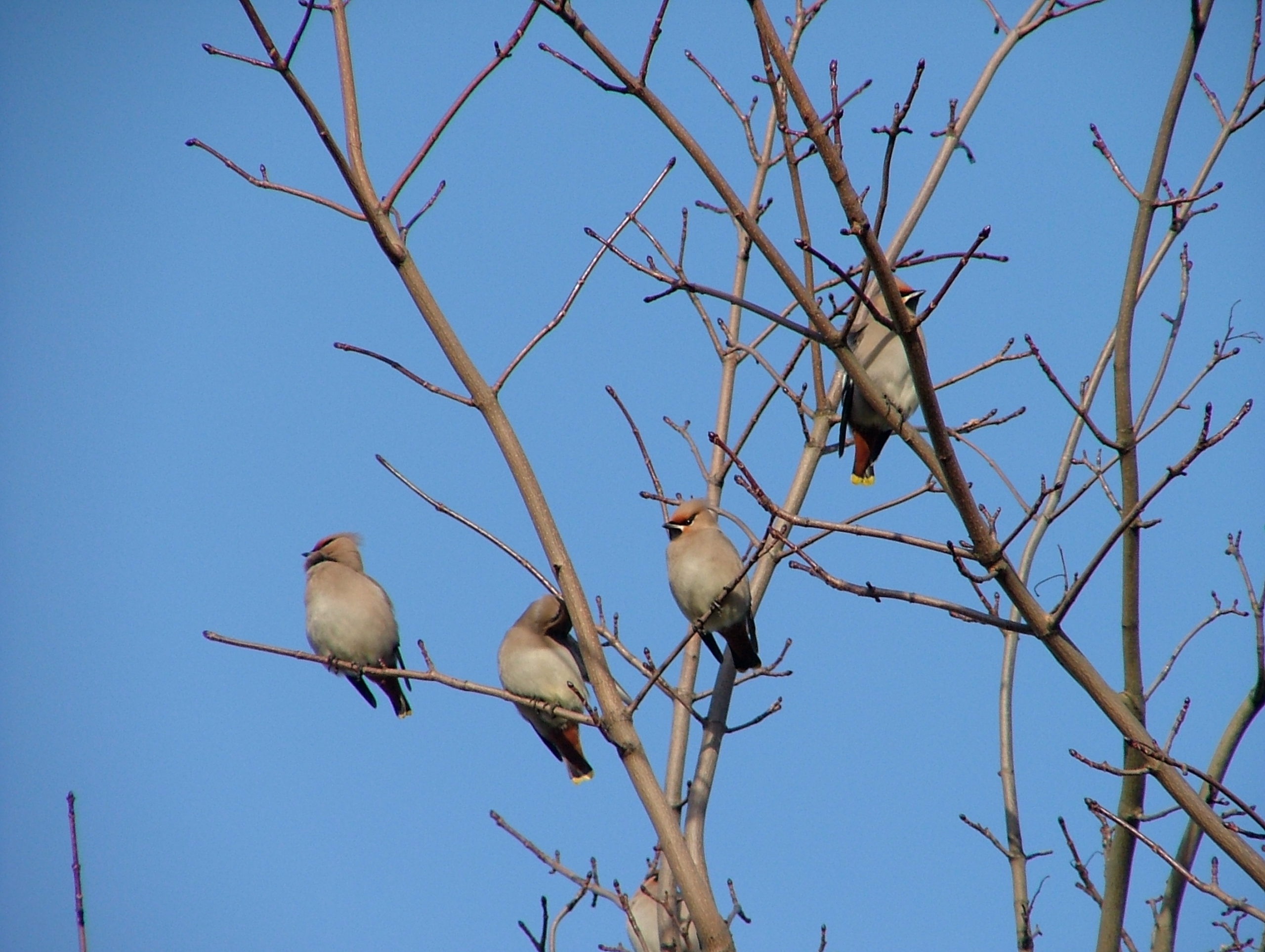Birdwatcher Tom Hibbert explores the enigmatic world of the nightjar. If you venture out onto a heathland on a summer evening, you might be greeted by an unusual sound. It could almost be mechanical. A long, drawn-out reel, like the purring of a small engine. It runs on and on for minutes at a...
Nature’s undertakers
Discover the brilliance of burying beetles with Dr Ellie Bladon, an evolutionary ecologist based in the Department of Zoology at the University of Cambridge. I think my first introduction to the circle of life was from the Disney film, The Lion King. Animals are born, they grow, they breed and they die. But if...
Footballers, batmen and heroes
Ever wondered what footballers and Batman have in common with hoverflies? Well, it’s all in the name. Both have lent their name to a species of hoverfly: one has stripes like a football kit, while another bears a symbol just like Batman.With around 270 species of hoverfly in the UK, you are likely to...
Seven top tips for amazing wildlife experiences: the art of fieldcraft
Improve your chances of seeing wildlife with fieldcraft tips from Matthew Capper, keen birdwatcher, photographer and head of communications at Lincolnshire Wildlife Trust. Observing nature everywhereWherever I go, I’m constantly on the lookout for wildlife. As I walk down a street, I notice the ticking call of a wren or repetitive notes of a...
Myth-busting bats, newts and the economy vs nature protections
There has been widespread misinformation blaming nature as a blocker to growth in the run up to the Chancellor’s speech this week, writes Joe Keegan, public affairs officer at The Wildlife Trusts. In 2021 Rachel Reeves announced her ambition to become ‘Britain’s first green chancellor’ – however, recent announcements on planning and airport expansion...
Sowing survival
More than 70% of the UK’s land is farmed in some form, so the way that this farmland is managed has huge implications for wildlife. As farmland developed, may animals adapted to take advantage of the habitats it provided. There were hedgerows to hide in, ponds to drink from and a wide variety of...
Wild deer: nature’s most mighty
Wild deer are some of the most iconic mammals of the countryside. These beautiful creatures, often elusive and camouflaged, can appear as fleeting shadows in the forest, disappearing before you catch more than a glimpse. But, if you’re patient and still, you may hear the soft crunch of leaves underfoot. For many, there’s nothing...
Fascinating flying ants
Sara Booth-Card, ecologist, peatlands and Action For Insects campaigner at The Wildlife Trusts, looks out for the telltale signs of flying ant days and shares her love for the underground world of ants. I’m always looking out for signs of wildlife when out and about. Last night, whilst walking my dog I was so...
Sea the connection
Wherever we live in the UK, we’re all connected to the sea. For this year’s National Marine Week, we’re celebrating this connection and highlighting why a healthy, thriving marine environment matters. As an island nation, we have a long history with the seas that surround us. For centuries, they have inspired artists, poets and...
Lovely ladybirds
A closer look at one of the UK’s most popular beetles. The variety of beetles in the UK is staggering – around 4,000 different species! They do lots of important jobs, from shifting dung to pollinating plants. Some are fast and agile hunters, others trundle along at their own pace. They can be black...
Mice to meet you!
Photo Harvest Mouse by Amy Lewis Mammal expert Stuart Edmunds introduces the four species of mice you can see in the UK. When people think of rodents, the first things that spring to mind are often negative. For millennia, humans have lived alongside rodents but often viewed them as pests, due to their habit...
Waxwing winters
Discover the bird that’s a favourite amongst birdwatchers, despite the fact that most rarely see one. It’s been a good year for Waxwings in the Tees Valley – have you seen any? Every winter, millions of birds travel to the UK to escape the harsher weather that sets in at their breeding grounds. Families...
